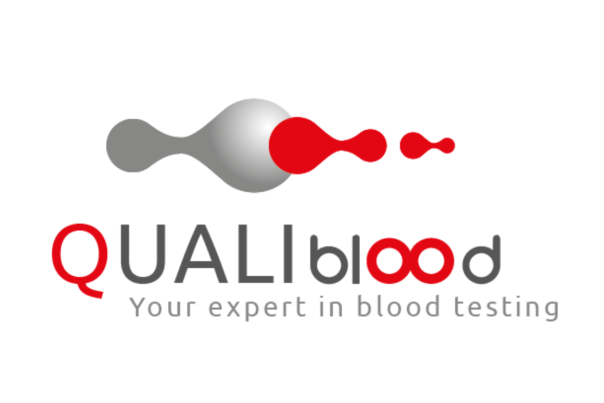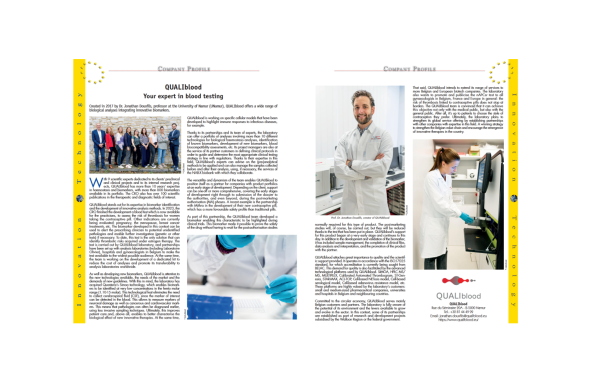Safer oral contraceptives thanks to natural estrogens
A major breakthrough for the health of women on oral contraceptives has been achieved by researchers in Namur. Every year in Europe, more than 22,000 cases of venous thrombosis or embolism occur among contraceptive pill users. A team of researchers from the University of Namur, in collaboration with QUALIblood (spin-off), has conducted an important study, the results of which could transform prescribing recommendations.
.




